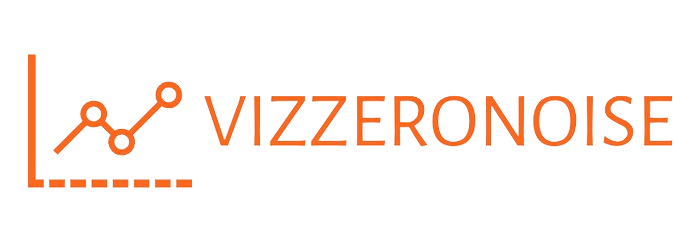Strategies for Maximizing Returns During Inflation
Understanding the Impact of Inflation:
Inflation, the gradual increase in prices of goods and services, can erode the purchasing power of your money over time. During periods of inflation, it’s crucial to understand how this economic phenomenon affects your investments. As prices rise, the value of your investments may decline in real terms, highlighting the importance of implementing strategies to mitigate the impact of inflation on your portfolio.
Diversifying Your Portfolio:
Diversification is a key strategy for managing risk and maximizing returns, especially during times of inflation. By spreading your investments across different asset classes, such as stocks, bonds, real estate, and commodities, you can reduce the overall risk of your portfolio. Each asset class responds differently to inflation, so diversification can help protect your investments from the negative effects of rising prices.
Investing in Inflation-Protected Securities:
Inflation-protected securities, such as Treasury Inflation-Protected Securities (TIPS), are specifically designed to safeguard your investments against inflation. Unlike traditional bonds, the principal value of TIPS adjusts with changes in the Consumer Price Index (CPI), ensuring that your investment keeps pace with inflation. By incorporating TIPS into your portfolio, you can preserve the purchasing power of your money and maintain real returns during periods of rising prices.
Allocating to Real Assets:
Real assets, such as real estate, commodities, and infrastructure, have historically provided a hedge against inflation. Unlike financial assets, which may lose value in real terms during inflationary periods, real assets tend to maintain their value or even appreciate in value as prices rise. By allocating a portion of your portfolio to real assets, you can diversify your investments and protect against the erosion of purchasing power caused by inflation.
Investing in High-Yield Stocks:
High-yield stocks, also known as dividend-paying stocks, can be an attractive investment option during inflationary periods. Companies that consistently pay dividends tend to have stable earnings and strong cash flows, making them relatively resilient to inflationary pressures. Additionally, dividends can provide a source of income that keeps pace with rising prices, helping to preserve the real value of your investments over time.
Utilizing Alternative Investments:
Alternative investments, such as hedge funds, private equity, and venture capital, offer unique opportunities for generating returns in inflationary environments. These investments often have low correlations with traditional asset classes, making them valuable diversification tools. Additionally, alternative investments may have built-in inflation protections or unique strategies for capitalizing on inflationary trends, making them attractive options for investors seeking to navigate inflationary pressures.
Monitoring and Adjusting Your Portfolio:
During periods of inflation, it’s essential to regularly monitor your portfolio and make adjustments as needed to ensure that it remains aligned with your investment goals and risk tolerance. Keep an eye on economic indicators, such as inflation rates and interest rates, and adjust your asset allocation accordingly. Rebalancing your portfolio periodically can help you maintain diversification and optimize returns in changing market conditions.
Seeking Professional Advice:
Navigating the complexities of investing during inflationary periods can be challenging, so seeking professional advice from a financial advisor or investment consultant is often advisable. A qualified advisor can help you develop a customized investment strategy tailored to your financial goals, risk tolerance, and time horizon. They can also provide valuable insights and recommendations for adjusting your portfolio to mitigate the impact of inflation and maximize returns.
Staying Informed and Adaptive:
Finally, staying informed about economic trends and market developments is essential for successful investing during inflationary periods. Keep abreast of inflation forecasts, central bank policies, and geopolitical events that may impact inflation rates and financial markets. By remaining adaptive and proactive in your investment approach, you can position yourself to capitalize on opportunities and navigate the challenges presented by inflation effectively.
Continual Assessment and Adjustment:
In summary, investing during inflation requires a proactive approach and continual assessment of your portfolio. By understanding the impact of inflation, diversifying your investments, allocating to inflation-protected securities and real assets, and seeking professional advice, you can maximize returns and preserve the purchasing power of your investments in inflationary environments. Staying informed, adaptive, and proactive is key to navigating the complexities of investing during periods of rising prices. Read more about best investments during inflation


